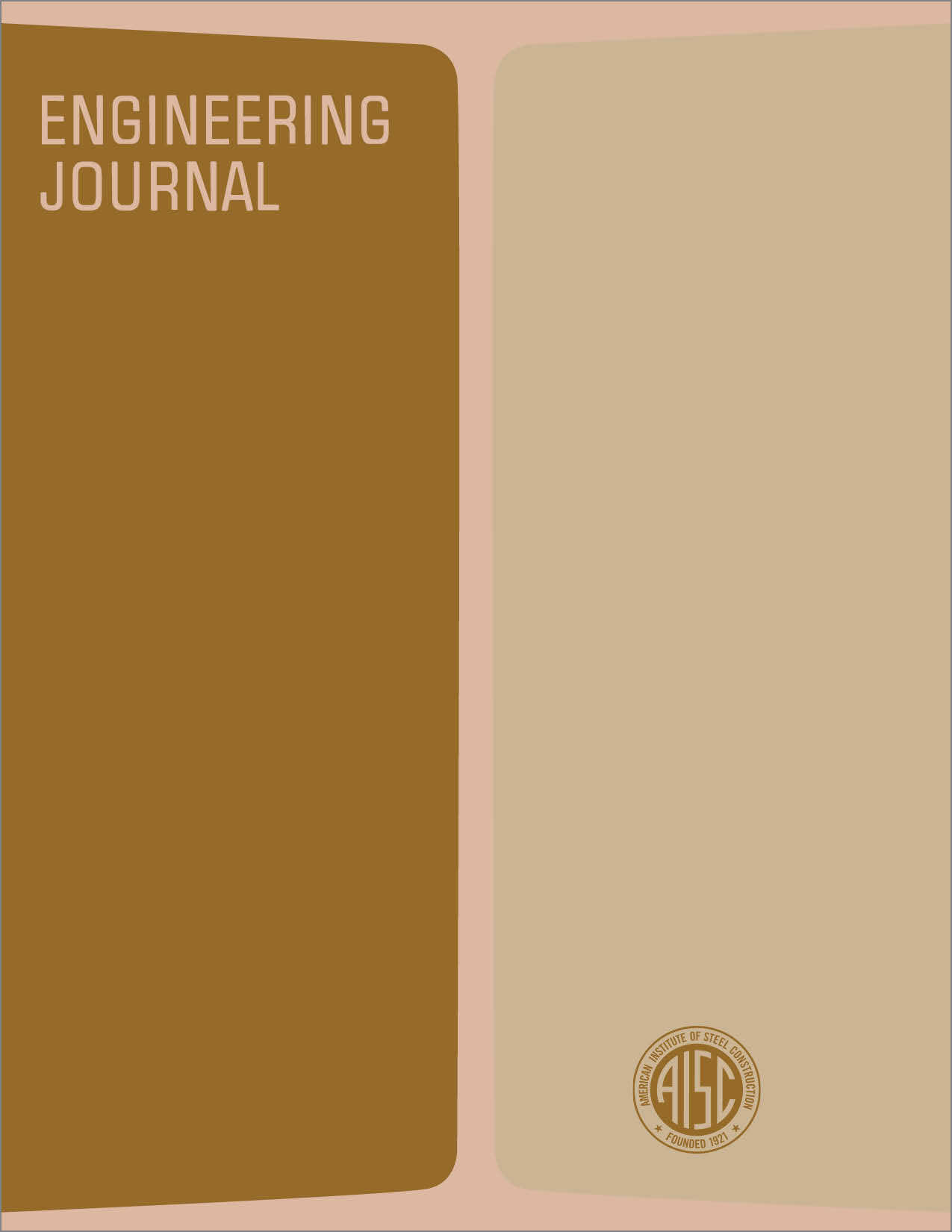Reliability in Building Construction Through Nondestructive Testing
DOI:
https://doi.org/10.62913/engj.v6i2.118Abstract
Before World War II, structural welding was used only by a few pioneer-spirited designers. Then they had difficulty finding fabrication shops that were willing and able to acceptwelded work of any magnitude. At the same time, welding was used for making repairs and for strengthening existing structures under conditions that would be considered less than desirable even today. Yet this was not considered a contradiction. There was no other way to make these repairsor renovations—so welding had to be used. Structural welding almost ceased during World War II. Emphasis was on producing war material—ships, tanks, machinery, some portable building frames, and the like. Designers and fabricators of buildings had to turn from their usual work to war production. Time was the critical factor in this work. Any design, material, or process that would resultin getting the work done sooner was employed. Here was an opportunity to prove the advantages of welding. Savings in material, dead weight, and production time were realized through welding. Mistakes were made, but through them people were educated. The concept of weldability was developed. Thousands of welders were trained under goverment programs. With the end of the war, building designers and fabricators were ready and eager to use welding. Their wartime experience could now be used advantageously for their more usual pursuits. Fabrication shops had new and efficient welding equipment. Much of the riveting equipment was old and worn. An ample supply of trained welders could be drawn from. As expected, the day of structural welding had arrived.

